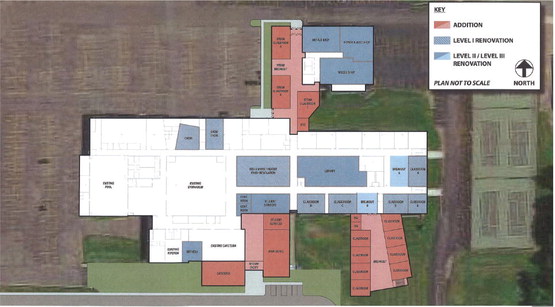School district eyes possible scaled-down project


Conceptual plan includes classroom, office additions, remodeling at high school
A proposal to renovate the high school to expand technology edu...


Conceptual plan includes classroom, office additions, remodeling at high school
A proposal to renovate the high school to expand technology edu...